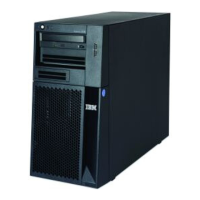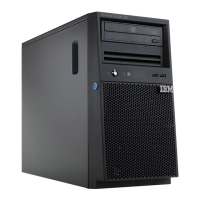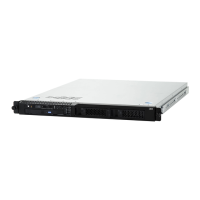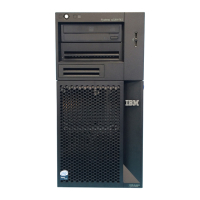Chapter 8. System upgrades 341
The control over the provisioning infrastructure is run by the CPM through the Capacity
Provisioning Domain (CPD), which is controlled by the Capacity Provisioning Policy (CPP).
An example of a CPD is shown in Figure 8-15.
Figure 8-15 A Capacity Provisioning Domain
The CPD represents the central processor complexes (CPCs) that are controlled by the CPM.
The HMCs of the CPCs within a CPD must be connected to the same processor LAN. Parallel
Sysplex members can be part of a CPD. There is no requirement that all members of a
Parallel Sysplex must be part of the CPD, but participating members must all be part of the
same CPD.
The CPCC is the user interface component. Administrators work through this interface to
define domain configurations and provisioning policies, but it is not needed during production.
The CPCC is installed on a Microsoft Windows workstation.
CPM operates in four modes, enabling various levels of automation:
Manual mode: Use this command-driven mode when no CPM policy is active.
Analysis mode: In analysis mode:
– CPM processes capacity-provisioning policies and informs the operator when a
provisioning or deprovisioning action is required according to the policy criteria.
– The operator determines whether to ignore the information, or to manually upgrade or
revert the system by using the HMC, SE, or available CPM commands.
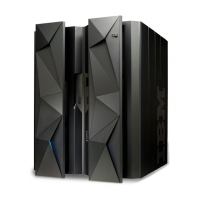
